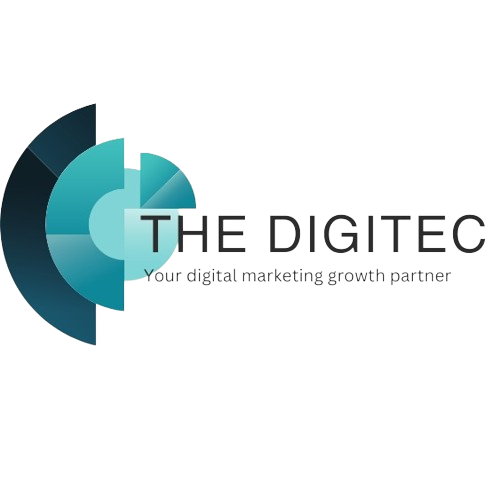Welcome, fellow digital enthusiasts, to the realm of Digitec, where innovation meets opportunity. In today’s dynamic digital landscape, the potential to monetize your services is vast, especially within the realm of digital marketing. Whether you’re a seasoned entrepreneur or a budding enthusiast, this blog will unravel the strategies to turn your passion for digital marketing into a lucrative venture.
Specialization is Key: In the expansive universe of digital marketing, specializing is paramount. Identify your agency’s niche—whether it’s social media marketing, SEO, content creation, or email marketing. Specialization not only sets you apart from the competition but also allows you to showcase your expertise in a specific area, making it easier to attract and retain clients.
Build a Strong Online Presence: Practice what you preach! A robust online presence is indispensable for a digital marketing agency. Invest time and resources in crafting an engaging website that reflects your brand identity and showcases your portfolio, testimonials, and case studies. Leverage social media platforms to amplify your reach, engage with your audience, and establish yourself as an authority in your niche.
Offer Tailored Services: One size does not fit all in the realm of digital marketing. Customize your services to cater to the unique needs and objectives of each client. Conduct thorough research and analysis to understand their target audience, industry landscape, and competition. By offering tailored solutions, you demonstrate value and foster long-term partnerships with your clients.
Embrace the Power of Content Marketing: Content is king, and its reign in digital marketing is undisputed. Invest in creating high-quality, informative, and engaging content that resonates with your target audience. From blog posts and infographics to videos and podcasts, explore various formats to deliver value and establish thought leadership in your niche. Additionally, optimize your content for search engines to enhance visibility and attract organic traffic.
Leverage the Freelance Economy: In today’s gig economy, freelancers abound with diverse skill sets—from graphic design and copywriting to web development and analytics. Collaborate with freelancers on a project basis to augment your agency’s capabilities and deliver comprehensive solutions to your clients. By harnessing the power of the freelance economy, you can scale your operations efficiently and cost-effectively.
Implement Performance-Based Pricing: Break away from the traditional pricing models and embrace performance-based pricing. Align your compensation with the results you deliver for your clients, whether it’s increased website traffic, higher conversion rates, or improved brand awareness. Performance-based pricing not only incentivizes accountability and transparency but also cultivates trust and mutual success between you and your clients.
Cultivate Strategic Partnerships: Forge strategic partnerships with complementary businesses and agencies to expand your service offerings and reach new markets. Collaborate on joint ventures, co-marketing initiatives, and referral programs to tap into each other’s networks and amplify your collective impact. By fostering symbiotic relationships, you can unlock new opportunities for growth and diversification.
As you embark on your journey to monetize your digital marketing agency services, remember that success is a journey, not a destination. Embrace experimentation, adapt to evolving trends, and above all, prioritize delivering value to your clients. With perseverance, creativity, and a dash of digital wizardry, the sky’s the limit for Digitec and beyony .







